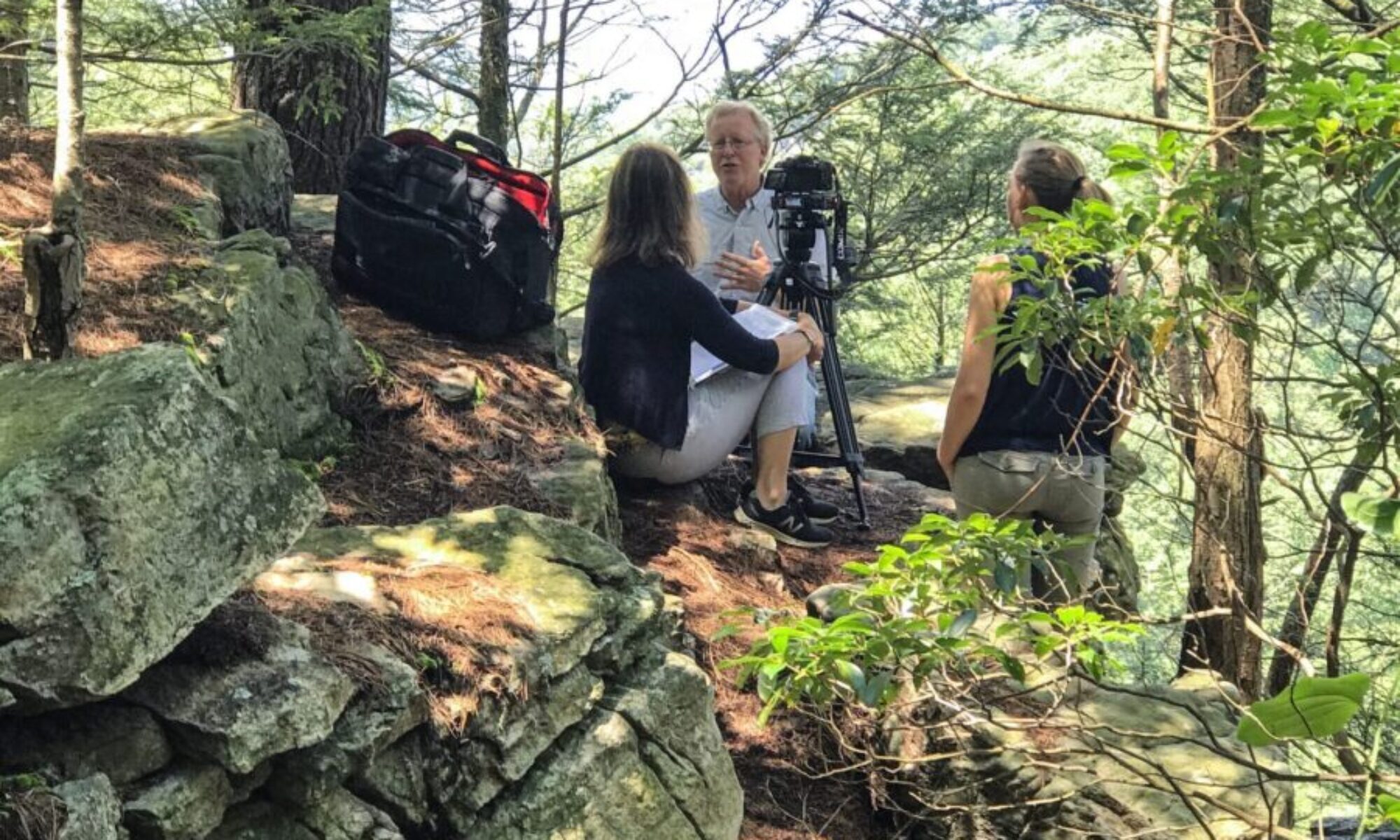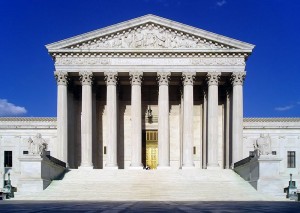Of all the ways the media has tried to communicate the need to adapt to the consequences of climate change, two points stand out. One is adequately addressing the nuances of science. The other is how to make climate change adaptation and mitigation issues tangible to the public. Now, artists have begun to address both. And, increasingly, they are getting their inspiration from scientists and researchers.
My Yale Forum article, “Artists can scream…Scientists can’t,” was recently featured at the Institute for Sustainable Communities’ Climate Leadership Academy on Adaptation Resilience. The event drew 16 teams from cities around the country to learn about promising practices in climate adaptation at the urban scale. The intensive peer-learning workshop focused on ways to engage citizens more effectively on adaptation. My Yale Forum article explains how scientists realize that pie charts and graphs don’t tell the whole climate change story.

Last week at Boston University (my alma mater), scientists, filmmakers, artists, writers and cartoonists assembled to discuss the public perception of climate change, which is strongly influenced by the media and the arts. I’ve been writing about the public perception of climate change for over three years. I’m always looking for new examples of ways that visual media advances pubic understanding of climate change and its causes, and of the science-based solutions. If you see an art exhibit, cartoon, or film about climate change that’s based on science, share your ideas below. [That’s Simon Faithfull’s self-portrait in Antarctica, featured in “Ice Blink.”]

